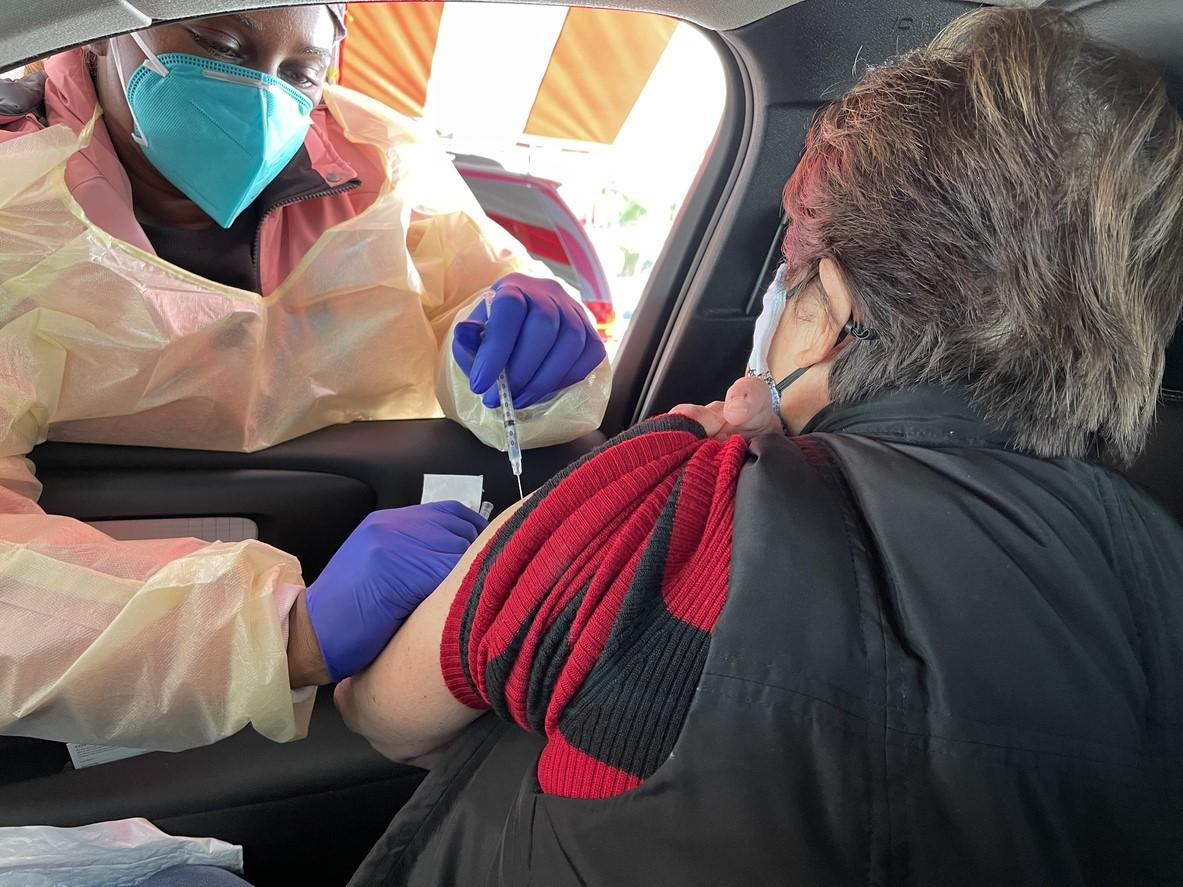In a new report from the US Government Accountability Office (GAO), public health officials cite the challenges of using federal COVID-19 funds to build and maintain infrastructure for emergency readiness.
The GAO prepared the report for the US Department of Health and Human Services (HHS).
Annual, American Rescue Plan Act funding
Each year, the HHS' Centers for Disease Control and Prevention (CDC) awards funds (an average of $845 million in 2019 to 2022) to states, localities, and territories to support public health infrastructure, the report said.
Also, from 2021 to 2023, the CDC gave jurisdictions about $7.1 billion through the American Rescue Plan Act of 2021 to enhance infrastructure. Of this amount, $3.5 billion is earmarked for new, longer-term infrastructure investment over 5 years to prepare for future crises.
For the report, GAO analyzed data on annual CDC funding for this purpose from 2018 (the year GAO last reported on award data) to 2022 (most recent data available) and on awards using appropriations from the American Rescue Plan Act of 2021.
According to CDC officials, increased and ongoing investments in public health infrastructure are vital to the response to contain threats on a national level.
Also, the GAO interviewed officials from 12 jurisdictions selected based on governance structure, funding received, and rurality, as well as representatives from 10 groups representing public health professionals and policy organizations.
Increased, ongoing funding needed
While officials said the all the awards help fund epidemiologic staff and lab supply procurement, some also cited challenges that could impair the country's ability to prepare for and respond to emerging threats.
- The temporary nature of public health funding: The pattern of increased federal funding for an emergency response that wanes after the emergency is over hampers investment. "This pattern can make it hard for jurisdictions to invest in long-term sustainable efforts to prepare for future public health threats," the report said.
- Temporary investment in workforce: Because COVID-19 funding is temporary, officials from eight jurisdictions said any increase in the workforce will also be short-term. "Officials from six jurisdictions and five stakeholder groups also expressed concerns about the availability of a sufficient public health workforce, due to burnout and other factors," the authors wrote.
- Varied jurisdictional funding: Jurisdictions provide differing levels of funding for preparedness and response. "This affects the extent to which jurisdictions may need to rely on CDC awards for such purposes, according to two stakeholder groups," the GAO said.
"Jurisdictions are key partners in preparing for and responding to public health threats," the report said. "The infrastructure challenges they face can impact how quickly and effectively CDC and other response partners are able to contain these threats, as was demonstrated during the COVID-19 pandemic. According to CDC officials, increased and ongoing investments in public health infrastructure are vital to the response to contain threats on a national level."






















